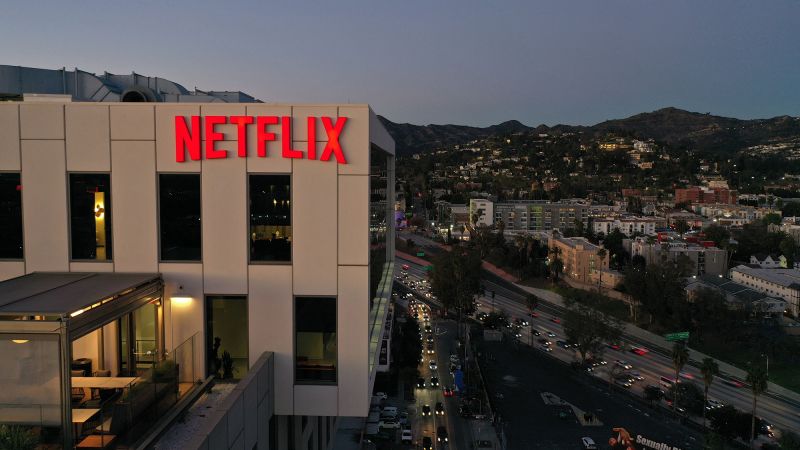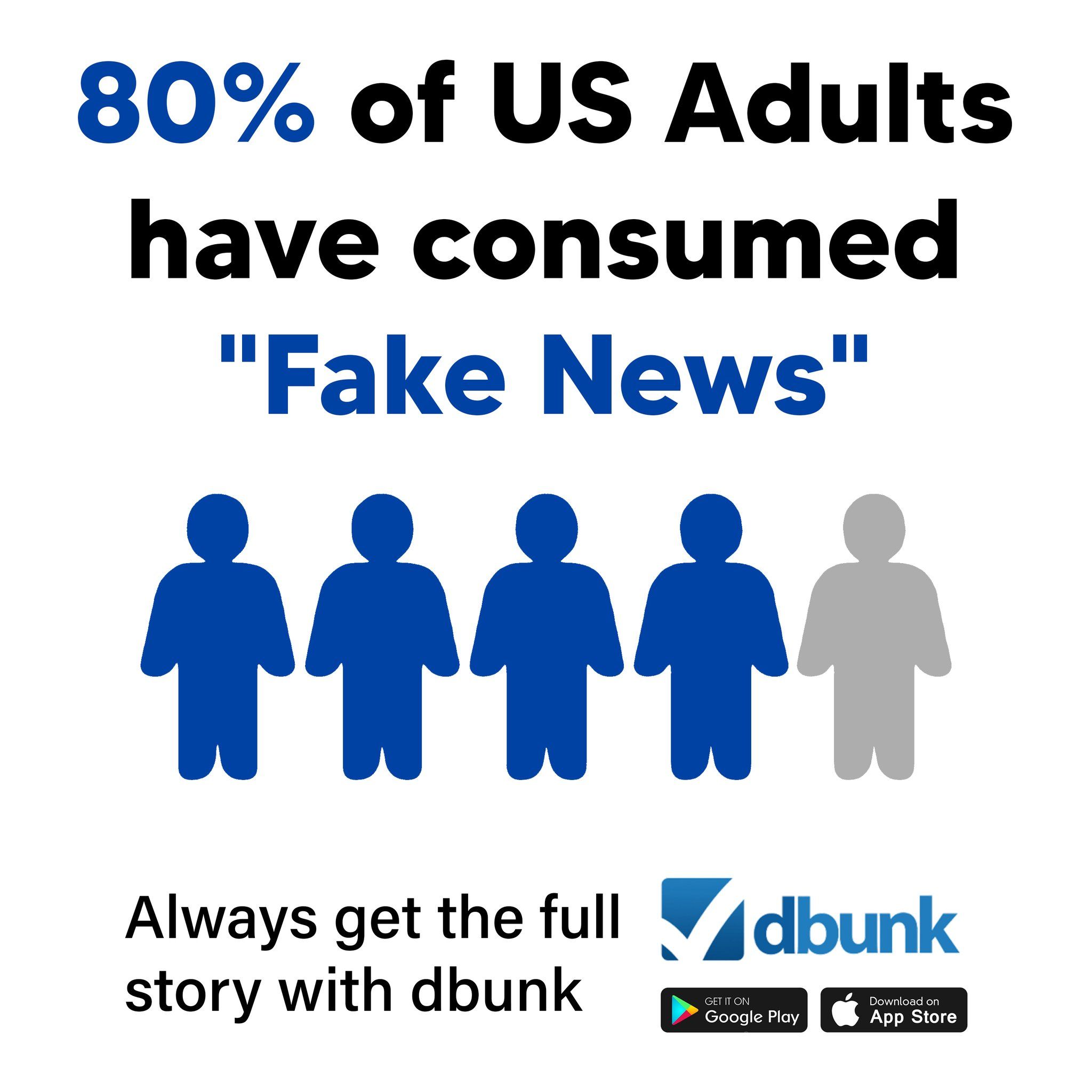“`html

Fact Check: Netflix Price Hike Aligning with Record Subscriber Growth and Revenue
This fact check was requested by a DBUNK subscriber concerned about the rationale behind Netflix’s price increase despite the company achieving record-breaking subscriber growth and revenue. At DBUNK, we empower our audience with accurate information by investigating claims and identifying misinformation wherever it may be. Users can submit fact check requests just like this one through our soon-to-launch app!
Original article published by CNN: Read the article
An Examination of the Facts
The article “Netflix is raising prices after reporting its biggest-ever subscriber jump,” authored by Liam Reilly, reports that Netflix is increasing subscription costs across multiple tiers after achieving historic subscriber and revenue growth. While the information presented appears straightforward, our investigation reveals gaps in context, potential bias, and instances of misinformation that must be addressed for a clearer understanding of the issue.

Identifying Issues in the Reporting
1. Missing Context: Record Subscriber Growth and the Price Hike Justification
The article does not provide sufficient explanation as to why Netflix is raising prices amidst record growth in subscribers and revenue. Readers are left to wonder: How does the additional revenue from subscriptions and live events fail to offset the reported increases in content investment? A stronger contextual link would explain why a company reporting $2.3 billion in operating income—a 52% year-over-year increase—and a $15 billion stock buyback still pursues price hikes as necessary for operations.
Notably, the company’s letter to investors focuses on “delivering more value to members” but does not quantify or explain how the price increases will directly benefit subscribers. Without this information, the article risks omitting key details that would help consumers assess whether the justification holds up.
2. Claim on Historic Boxing Viewership
The article asserts that the Mike Tyson and Jake Paul boxing match was viewed by 108 million people worldwide, making it the “most-streamed sporting event ever.” However, we found discrepancies when cross-referencing viewership data across Netflix’s own reports and other media sources. In sports broadcasting history, several other events—such as the FIFA World Cup Finals—have claimed higher viewership figures in streaming and broadcast combined. Without Netflix providing a clear breakdown of these numbers, this claim remains unverified and potentially misleading.

3. Potential Bias in Competitive Positioning
The article frequently contrasts Netflix’s market dominance against competitors like Disney and Warner Bros. Discovery, describing rivals as “struggling” to match Netflix’s share. While it is accurate that Netflix leads the streaming industry by subscriber numbers, the framing of competing companies as less successful downplays significant advancements elsewhere. Disney+, for instance, surpassed 250 million subscribers globally in its own right, yet this accomplishment is dismissed with a sweeping statement of inadequacy.
Such language inserts subtle bias that may sway readers’ perceptions about Netflix’s competitors, creating an unbalanced representation of the broader streaming landscape. Objective reporting should acknowledge rivals’ successes alongside Netflix’s achievements.
4. Transition from Quarterly to Semiannual Reporting
The article mentions that Netflix will stop reporting quarterly paid membership figures and move to a semiannual “engagement report.” Although this shift is presented as a neutral fact, it lacks critical context about the implications of reduced transparency. For investors and consumers, limiting detailed insights into subscriber metrics may make it harder to assess Netflix’s performance over time.

The Verdict: Fact Check Summary
Based on our analysis, the article is partially accurate but fails to present a thorough and balanced picture. While most numerical claims on revenue and subscription growth align with Netflix’s investor report, omissions in context, questionable viewership metrics, and biased competitor comparisons undermine the article’s credibility.
Specifically:
- The reasoning behind price hikes despite strong financial performance is inadequately contextualized.
- The “most-streamed sporting event ever” claim for the Tyson-Paul boxing match conflicts with verifiable historical data.
- Selective portrayals of competitors and Netflix’s strategic shift to semiannual reporting gloss over broader impacts on transparency.
User’s Concern Answered
Why is Netflix raising prices again even after reporting record-breaking subscription growth and revenue? Companies like Netflix argue that price increases are necessary to sustain ongoing investments into content creation and innovation—like live sports programming—which are expensive to produce and acquire. The article, however, fails to clarify that much of the revenue growth may already cover these costs or why additional charges are now essential. Additionally, Netflix’s move suggests it wants to align more closely with broader profitability goals that might not directly correlate with immediate service improvements for consumers.
Conclusion
We strive to help readers cut through hidden gaps and misleading claims in news reporting. You, too, can join our mission to combat misinformation by downloading the DBUNK app when it launches soon. Together, we can create a space for news clarity and integrity.

